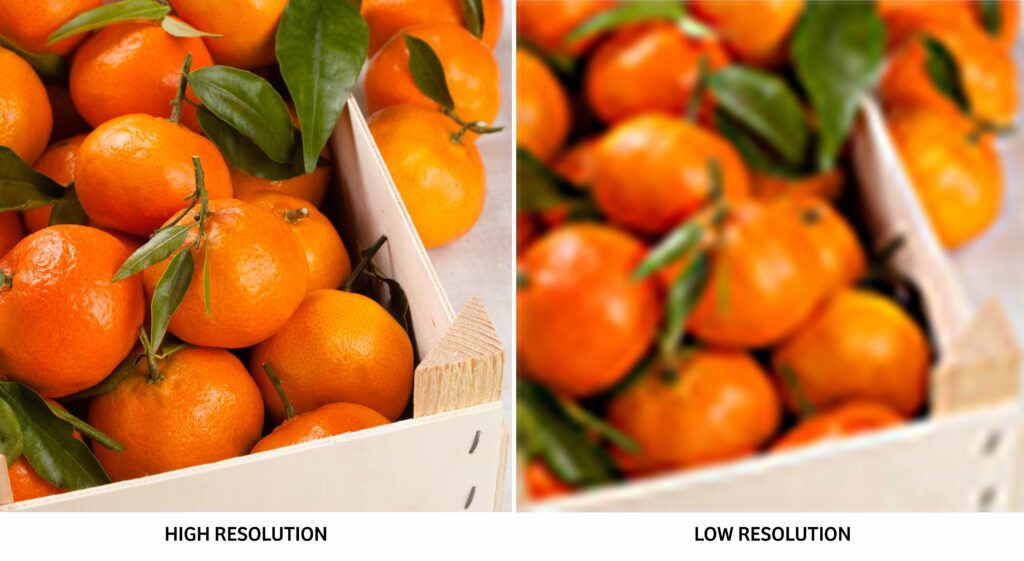7 Secrets to Choosing Great Images for Your Next Project
Effective imagery is a key aspect of social media and marketing content. A successfully curated image can convey a message or evoke an emotion. In this case, a picture really is worth a thousand words.
Here are seven tips to help you pick compelling images for your project:
1: Choose Imagery Relevant to Your Topic
Make sure your images relate easily to your content or message. The image should complement and support the text rather than distract from it. Avoid any images that could be confusing or misconstrued by the viewer.
Try to take a mental step back and look at the photos from an outsider’s POV. Is there an easy-to-make connection between the image and the message? A relevant photo should briefly pull the reader into the message and help them understand the overall idea. People often skim blogs and social media content.
A highly-effective image can help get your message across even to those not taking the time to read your content fully.
2: Select the Highest Quality Possible

High-quality images are more eye-catching and professionally elevated than low-quality ones. A blurry, poorly lit image can send the wrong message and muddy your project’s overall effectiveness.
Effective, high-quality images are well-lit, free of blemishes or distracting elements, and have the correct orientation for the space. They will be cropped or composed in such a way that the main point of the image is clear to the average person.
Stock photos can be a great resource if you cannot access a good-quality camera. Auditioning imagery can be time-consuming, but it will be worth it when your message is clear, concise, and connects nicely with your copy.
One major exception to using stock photos is when you are selling a specific product. If possible, it is best to take professional-quality photos of your products instead of stock photos. This creates transparency between yourself and the consumer and accurately depicts what you are selling.
3: Grab Your Audience's Attention

Getting just the right image to attract attention without distracting from the overall message can be a bit of a balancing act. When possible, it is best to use images that will grab the attention of your target audience, but that won’t distract from the overall marketing message or campaign. This can be achieved by being on the nose with your subject matter but creative with bold color, composition, lighting, and editing effects.
Getting attention can also be achieved by following current trends in photography and posting styles.
For example: For several years, the “teapot pose” was the go-to for fashion bloggers and Instagram models alike, but these days the “raptor pose” is more in vogue. Being on trend with this slight change can help attract a younger audience. Another example is the use of gradients vs. flat color. The change has been gradual, but as of today, flat color with plenty of negative space feels more current and fresh.
Continuously researching and keeping up with changing trends can be key to a successful marketing campaign.
4: Appeal to Emotions

It’s important not to overlook what emotions your image selections evoke. Emotional connection is a big part of what drives decisions for many people. We easily empathize with other people’s emotions, as we can’t help identifying ourselves with them. We’ve all seen the ad spots raising money for abused animals or underprivileged groups in remote places. Those images tug at the heartstrings. They were chosen specifically for their emotional appeal.
It’s important not to overdo the emotional images as this can be seen as pandering to modern audiences. Still, a bit of emotional appeal can help elevate the overall message of your marketing or social campaign.
5: Stay Consistent!
The importance of brand consistency cannot be overstated. It is the oil in the engine, the flour in the cake. Be sure to use consistent branding, including brand style, colors, and overall themes across all your content to create a cohesive look. You don’t want to confuse people by having one post look like a clown made it and the next look like it was made by a funeral director. Consistency is the key!
6: Don't Forget Size & Format
Don’t forget about the size and format of your images, and make sure they are optimized for each platform you use. You don’t want your amazing photo selection ruined because it’s too small or too big for the platform. And nobody wants to see those dreaded “image compression artifacts.” Yuck!
Taking the time to format and style your photo properly will maintain the professionalism of your project and will keep things running smoothly as you share your ideas.
7: Incorporate Diversity

In today’s social climate, diversity in representation is a must-have for any marketing or social campaign that wants to do well across multiple markets. As a refresher, “diversity” refers to differences within the subgroups of a target market, including age, gender, disability, religion, ethnicity, and sexual identity.
Accurate representation allows your target audience to feel seen, heard, and understood. It will also enable them to trust your brand and personally identify with your products. This will help you reach a wider audience.
Takeaway
Effective imagery can unlock a new level of success for your social media and marketing content. Use these tips to choose images that grab attention, convey your message, and support your brand identity.
If you’d like rather leave the work to the pros, we’re here to help! Contact us any time.

